Home>Furniture>Outdoor Furniture>What Size Joists Do You Use For Decking?


Outdoor Furniture
What Size Joists Do You Use For Decking?
Modified: March 7, 2024
Discover the perfect size joists for your decking to ensure strong and durable outdoor furniture. Explore our expert advice and make your outdoor space a stunning retreat.
(Many of the links in this article redirect to a specific reviewed product. Your purchase of these products through affiliate links helps to generate commission for Storables.com, at no extra cost. Learn more)
Introduction
When it comes to building a deck, one important aspect to consider is the size of the joists. Joists play a critical role in supporting and distributing the weight of the decking materials and the load that they will bear. Choosing the right joist size is vital to ensure the structural integrity and longevity of your outdoor deck.
Before delving into the specific joist sizes, it is important to understand the factors that need to be considered when determining the appropriate size for your decking project. By taking into account load capacity, span requirements, and other considerations, you can make an informed decision that will result in a safe and long-lasting deck.
In this article, we will explore the factors to consider when determining the size of joists for decking, common joist sizes used in outdoor projects, and how to select the appropriate joist size. Additionally, we will touch upon other considerations such as joist spacing to ensure a well-designed and structurally sound deck.
Key Takeaways:
- Choose the right joist size for your deck by considering load capacity, span requirements, and decking material. Consult professionals for expert advice to ensure a safe and durable outdoor space.
- Proper joist spacing is crucial for a strong and stable deck. Consider decking material, load capacity, and local building codes to determine the right spacing. Remember, a well-designed deck enhances outdoor enjoyment!
Read more: What Screws Do You Use For Decking
Factors to Consider for Joist Size
When determining the size of joists for your decking project, there are several key factors that need to be taken into consideration. These factors include load capacity, span requirements, and the type of decking material being used.
Load Capacity: The load capacity refers to the amount of weight that the joists are expected to support. This includes the weight of the decking materials, any furniture or other objects that will be placed on the deck, and any load requirements such as live loads (people walking on the deck) or snow loads (in areas with heavy snowfall). It is important to consult local building codes or a structural engineer to determine the specific load requirements for your region.
Span Requirements: The span is the distance between two supporting points, such as beams or walls, that the joists will span across. The span requirements will depend on the dimensions and layout of your deck. Longer spans require larger joists to ensure sufficient structural support. Consult span tables, which are available from building code references or reputable sources, to determine the maximum allowable span for the specific joist size and species of wood you are using.
Decking Material: Different decking materials have varying weights and structural requirements. For example, composite decking is generally heavier than traditional wood decking and may require larger joists to accommodate for the increased weight. Be sure to check the manufacturer’s guidelines for the specific decking material you are using to ensure the appropriate joist size is chosen.
Environmental Factors: Consider the environmental conditions that may impact your deck in terms of humidity, moisture, and temperature fluctuations. These factors can affect the structural stability of the joists and decking materials over time. Choosing a joist size that can withstand these environmental factors is crucial to avoid issues such as warping, sagging, or rot.
By carefully considering these factors, you can determine the appropriate joist size for your outdoor decking project. This will help ensure that your deck is structurally sound, safe, and able to withstand the intended use and environmental conditions for many years to come.
Load Capacity and Span Requirements
Load capacity and span requirements are two essential factors to consider when determining the size of joists for your decking project. These factors directly impact the structural integrity and overall strength of your deck.
Load Capacity: The load capacity of the joists refers to the maximum weight that they can safely support. This weight includes the combined load of the decking material, any furniture or appliances, and the expected live load, which accounts for people walking or moving on the deck. Additionally, in areas with heavy snowfall, you need to consider the snow load as well. It is crucial to consult with local building codes or a structural engineer to ensure that your deck meets the specific load capacity requirements for your region.
Span Requirements: The span refers to the distance between two supporting points, such as beams or walls, that the joists will span across. The span requirements are determined by the dimensions and layout of your deck. Longer spans require larger joists to provide adequate support and prevent sagging. A general rule of thumb is to follow span tables available in building codes or reputable sources, which provide guidelines for determining the maximum allowable span based on the joist size and species of wood used.
For example, let’s say you are using pressure-treated lumber for your deck joists. A common span requirement for 2×6 pressure-treated lumber is around 9 feet for residential decks. However, if you want to extend the span to 12 feet, you may need to upgrade to 2×8 or 2×10 joists to ensure the necessary load-bearing capacity. It is important to note that these span requirements may vary based on local building codes and specific project specifications.
To determine the appropriate joist size based on load capacity and span requirements, it is crucial to consult the appropriate tables, guidelines, or a structural engineer for accurate calculations. They will consider various factors, such as the species of wood, the spacing between joists, and the expected load, to ensure your deck can safely support the intended weight without compromising its structural integrity.
By properly evaluating load capacity and span requirements, you can confidently choose the right joist size for your decking project, ensuring a safe and durable deck that will withstand the test of time and provide a solid foundation for years of outdoor enjoyment.
Common Joist Sizes for Decking
When it comes to selecting the size of joists for your decking project, several common options are widely used in outdoor construction. The choice of joist size will depend on factors such as load capacity, span requirements, and the type of decking material being used.
Here are some of the commonly used joist sizes for decking:
- 2×6: A 2×6 joist, typically made of pressure-treated lumber, is commonly used for residential decks with shorter spans. This size is suitable for low-to-moderate load capacity requirements.
- 2×8: A 2×8 joist is often used for longer spans or decks that will bear heavier loads. The increased depth of the joist provides greater strength and stability.
- 2×10: A 2×10 joist is a popular choice for decks with larger spans and higher load requirements. It offers improved load-bearing capacity compared to 2×6 or 2×8 joists.
- 2×12: A 2×12 joist is utilized for decks with longer spans or those that need to support significant weight. These joists provide exceptional load capacity and are often used in commercial or heavy-duty applications.
It is important to note that the size of the joists may vary depending on the specific requirements of your project. Additionally, if you are using engineered wood products or alternative decking materials like composite or PVC, the manufacturer’s guidelines should be followed to determine the appropriate joist size.
When choosing the joist size, it is crucial to consider factors such as the load capacity, span requirements, and the expected longevity of your deck. Consulting span tables or a structural engineer can help ensure that you select the right joist size for your specific project and location.
Ultimately, the goal is to choose a joist size that provides adequate support for your decking materials while ensuring the structural integrity and safety of your deck.
When building a deck, use 2×8 or 2×10 joists for most residential decks. Larger joists may be needed for heavier loads or longer spans. Always check local building codes for specific requirements.
Selecting the Appropriate Joist Size
Choosing the appropriate joist size for your decking project is crucial to ensure the structural integrity and longevity of your deck. Here are some key considerations to help you select the right joist size:
Load Capacity: Evaluate the expected load capacity of your deck, including the weight of the decking materials, any furniture or appliances, and any live load or snow load requirements. Consult local building codes or a structural engineer to determine the specific load capacity requirements for your region. This information will help determine the minimum joist size necessary for your deck.
Span Requirements: Consider the span of your deck, which is the distance between supporting points such as beams or walls. Longer spans require larger joists to provide adequate support and prevent sagging. Refer to span tables provided in building codes or reputable sources to determine the maximum allowable span based on the specific joist size and species of wood you are using.
Decking Material: Different decking materials have varying weights and structural requirements. Be aware of the weight and load-bearing characteristics of the decking material you are using. For example, composite decking may require larger joists due to its heavier weight compared to traditional wood decking. Follow the manufacturer’s guidelines to determine the recommended joist size for the specific decking material.
Environmental Factors: Consider the environmental conditions that your deck will be exposed to, such as humidity, moisture, and temperature fluctuations. These factors can affect the structural stability of the joists and decking materials over time. Choose a joist size that can withstand these environmental factors to prevent issues such as warping, sagging, or rot.
Consult Professionals: If you are unsure about the appropriate joist size for your deck, it is always a good idea to consult with professionals such as architects, builders, or structural engineers. They can provide expert advice and calculations to ensure that you select the right joist size for your specific project and location.
By taking into account load capacity, span requirements, decking material, and environmental factors, you can select the appropriate joist size for your decking project. Remember to always prioritize safety and structural integrity to ensure a long-lasting and secure deck that you can enjoy for years to come.
Read more: How To Use Joist Hangers On Decking
Additional Considerations for Joist Spacing
In addition to selecting the appropriate joist size, it is important to consider the spacing between the joists. The spacing, or the distance between each joist, plays a critical role in the overall strength and stability of your deck.
Here are some additional considerations to keep in mind when determining the joist spacing:
Decking Material: The type of decking material you are using may have specific spacing requirements. Some materials, such as composite or PVC decking, may have recommended joist spacing guidelines provided by the manufacturer. These guidelines take into account the expansion and contraction of the decking material and ensure proper support.
Load Capacity: The spacing between joists can impact the load capacity of your deck. For heavier loads or longer spans, closer joist spacing may be necessary to provide adequate support. Consult span tables or a structural engineer to determine the appropriate joist spacing based on the expected load capacity requirements of your deck.
Decking Orientation: The orientation of the decking boards can also influence the joist spacing. For example, diagonal or herringbone patterns may require closer spacing between the joists to accommodate the increased load and ensure stability. Consider the design and layout of your deck when determining the joist spacing.
Local Building Codes: Local building codes may specify the minimum and maximum joist spacing requirements for decking projects in your area. It is important to adhere to these codes to ensure that your deck meets the necessary safety standards. Consult your local building department or code officials to determine the specific requirements for joist spacing in your region.
Bracing and Supports: Depending on the size and layout of your deck, additional bracing or supports may be required. In some cases, closer joist spacing might be necessary in areas of the deck where additional support is needed, such as near stairs, posts, or heavy load-bearing areas. Consult with professionals to determine if additional bracing or supports are necessary.
By considering these factors, you can determine the appropriate joist spacing for your decking project. Proper joist spacing ensures the structural integrity and stability of your deck, preventing issues such as sagging, bounce, or unevenness.
Remember to consult the manufacturer’s guidelines, local building codes, and professionals to ensure that your joist spacing meets all necessary requirements for a safe and durable deck.
Conclusion
When it comes to building a deck, selecting the appropriate size for your joists is crucial for ensuring the structural integrity and longevity of your outdoor space. Factors such as load capacity, span requirements, decking material, and joist spacing all play a significant role in determining the right joist size for your project.
By considering the load capacity of your deck and understanding the weight that the joists will bear, you can choose a joist size that can safely accommodate the intended load. Span requirements are also important to prevent sagging and ensure proper support. Consulting span tables and structural engineers can help you determine the maximum allowable span based on the joist size and species of wood used.
The type of decking material being used should also be taken into consideration. Different materials have varying weights and may require specific joist sizes to provide adequate support. It’s important to follow the manufacturer’s guidelines to ensure the correct joist size is chosen for the specific decking material.
Additionally, other considerations such as environmental factors and local building codes should be taken into account. Proper joist spacing is also essential to maintain the structural stability and strength of your deck. Be sure to check the recommended spacing guidelines based on your chosen decking material and consult any applicable building codes.
Choosing the right joist size and spacing for your deck is crucial to ensure a safe, stable, and long-lasting outdoor space. By considering all the necessary factors and consulting professionals when needed, you can confidently select the appropriate joist size that will meet the load requirements, span requirements, and other considerations for your decking project.
Remember, a well-designed and structurally sound deck not only enhances the functionality and beauty of your outdoor area but also provides a safe and enjoyable space for you and your loved ones to gather and create lasting memories.
Frequently Asked Questions about What Size Joists Do You Use For Decking?
Was this page helpful?
At Storables.com, we guarantee accurate and reliable information. Our content, validated by Expert Board Contributors, is crafted following stringent Editorial Policies. We're committed to providing you with well-researched, expert-backed insights for all your informational needs.
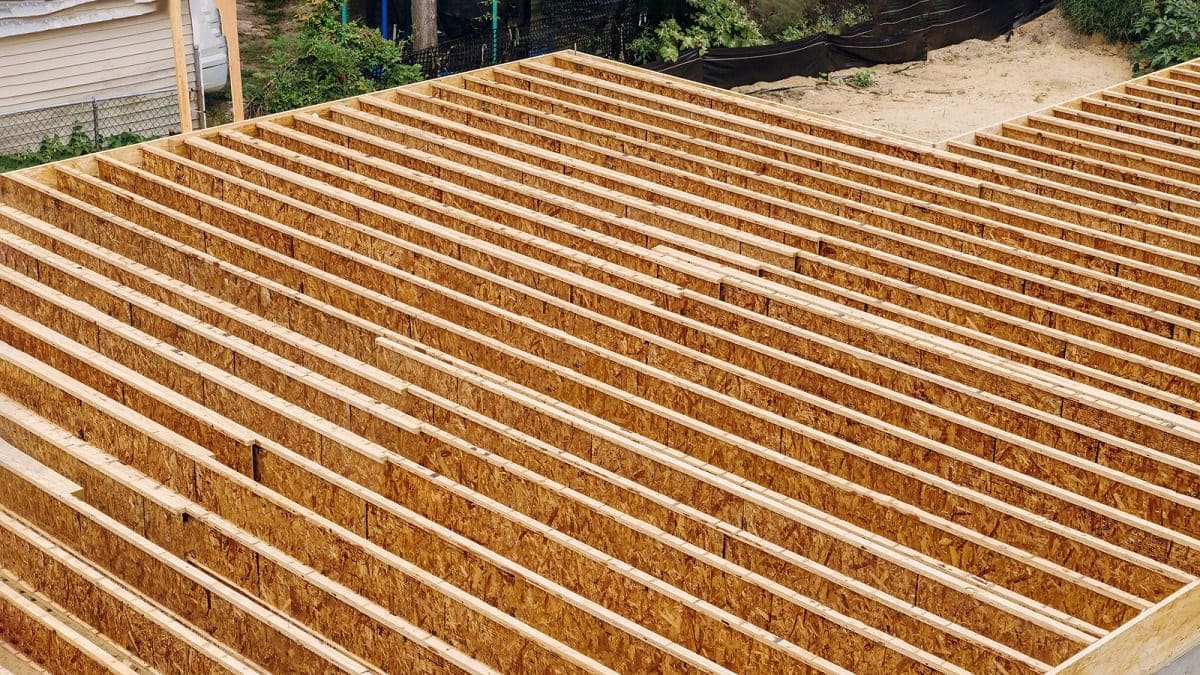
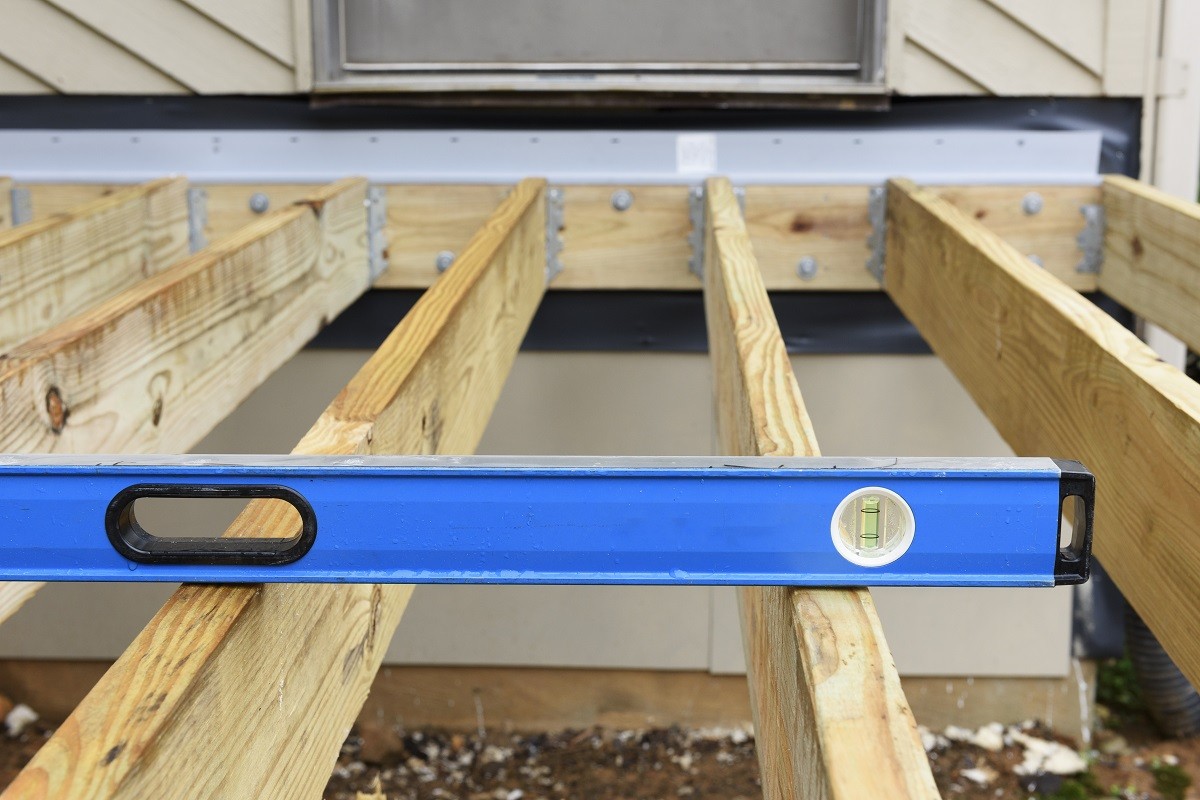


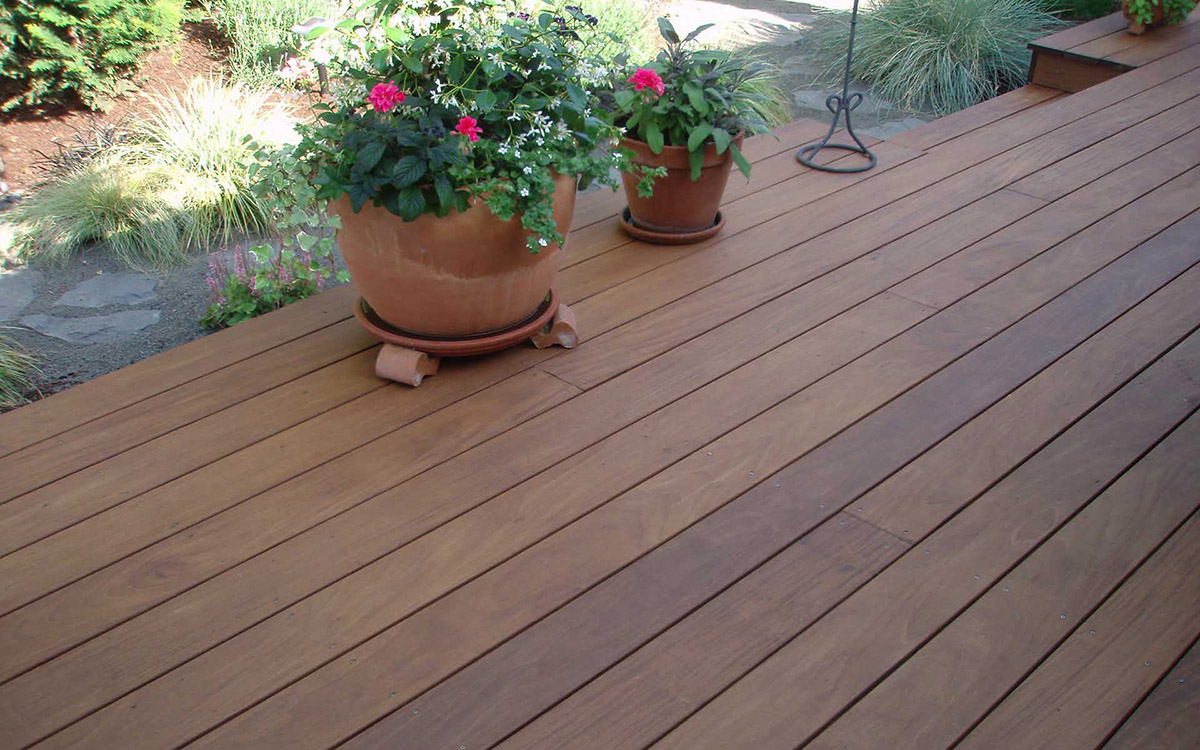
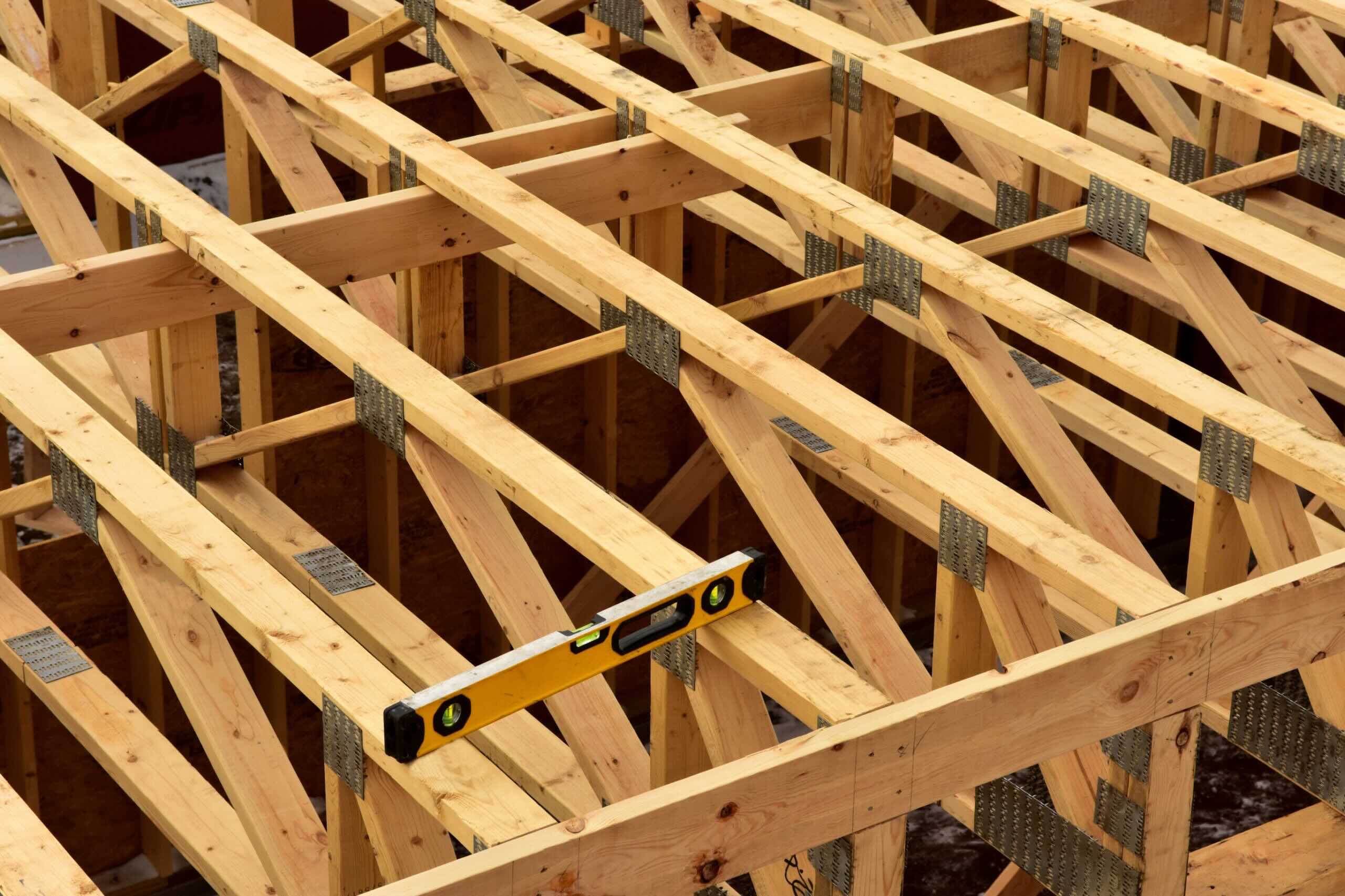
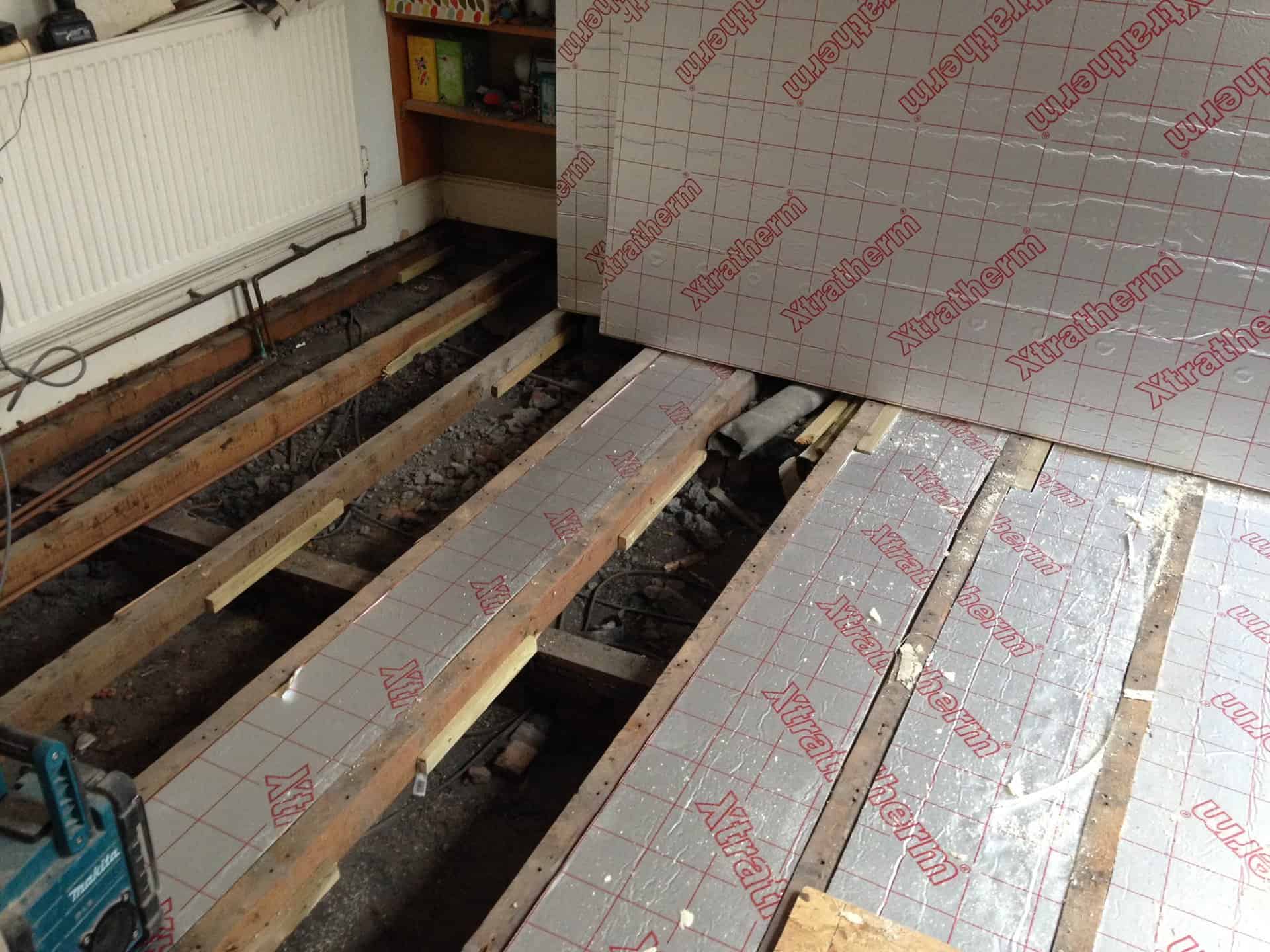
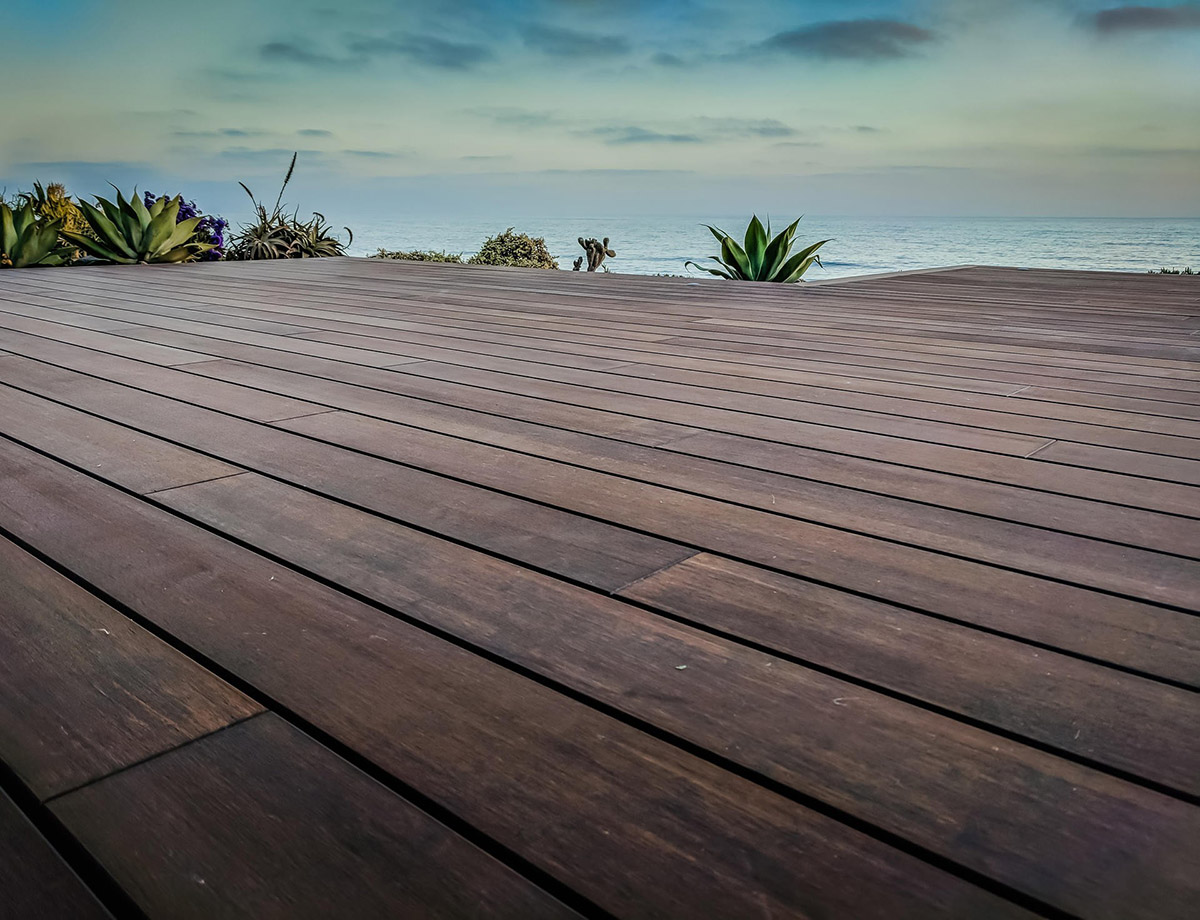
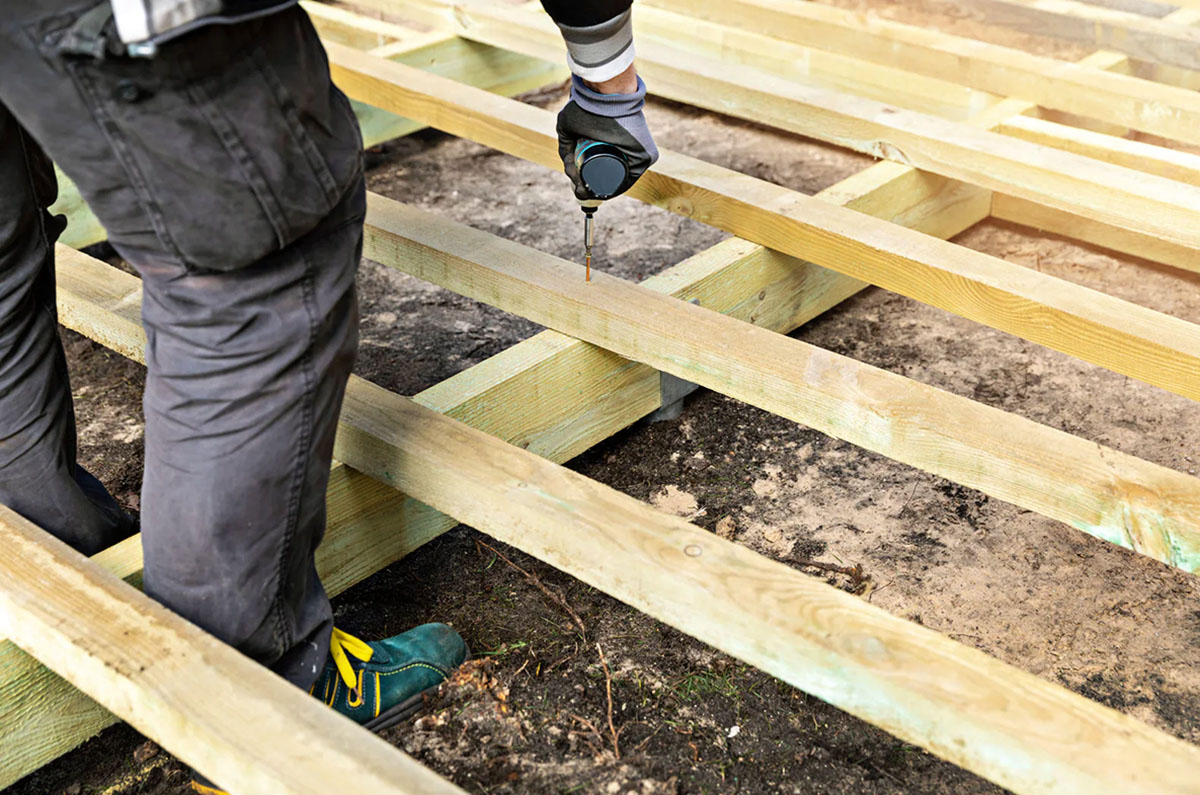
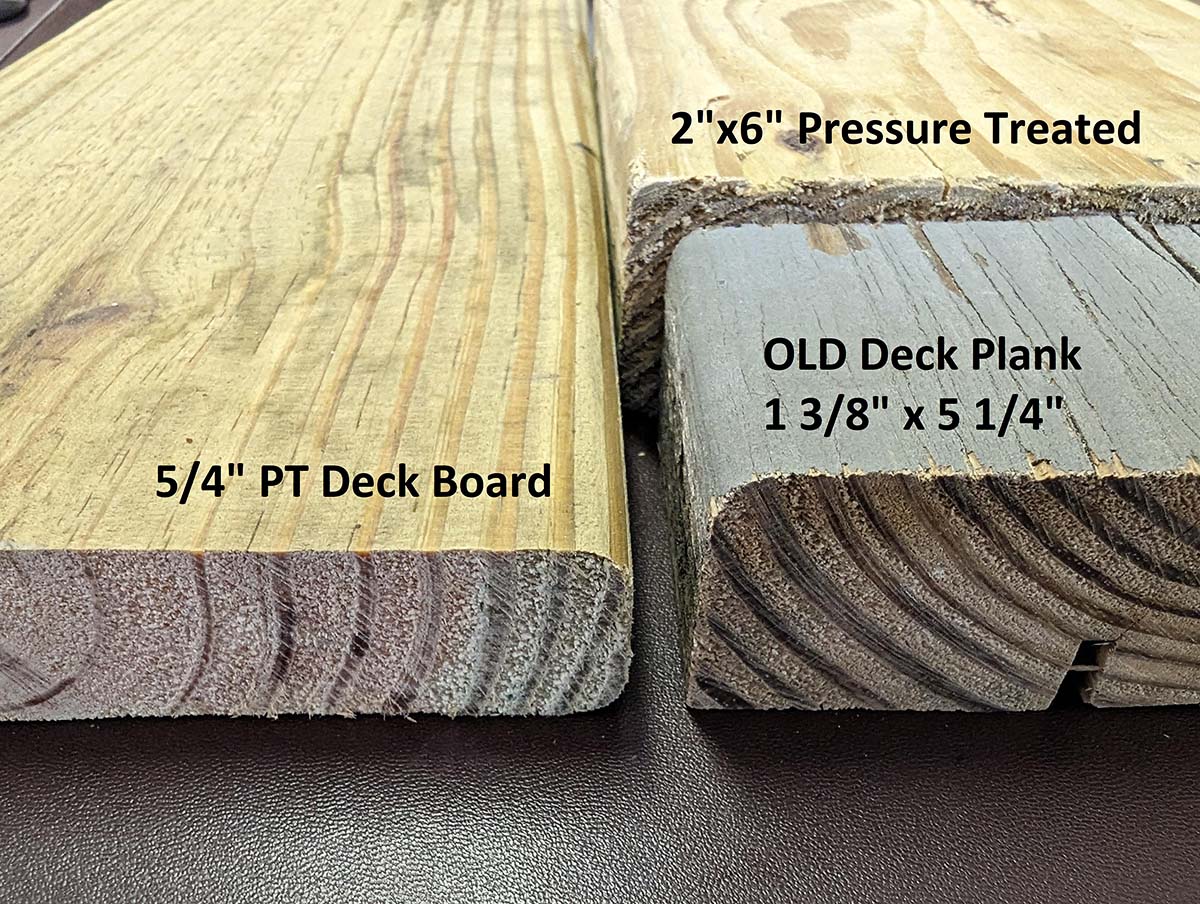

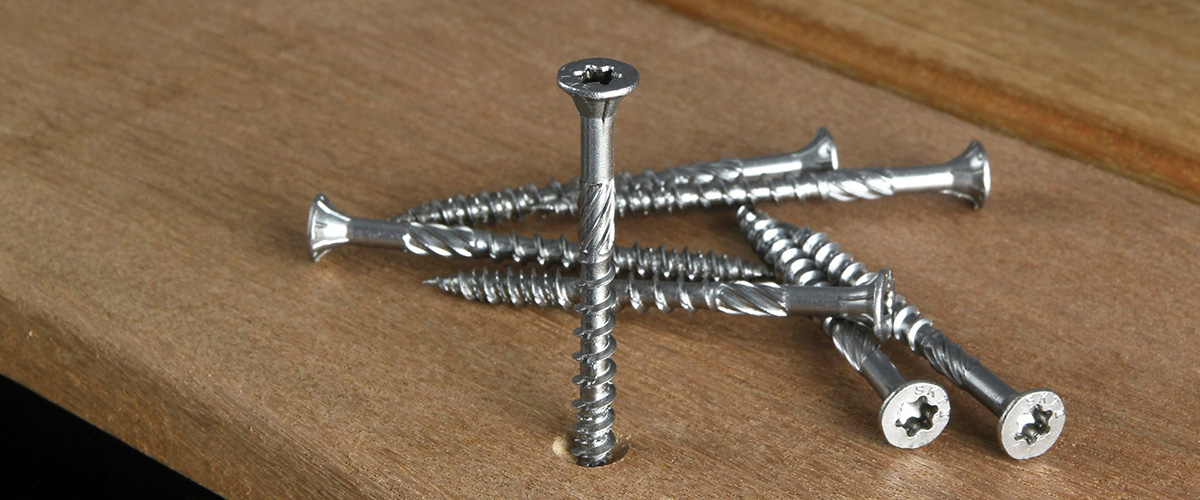

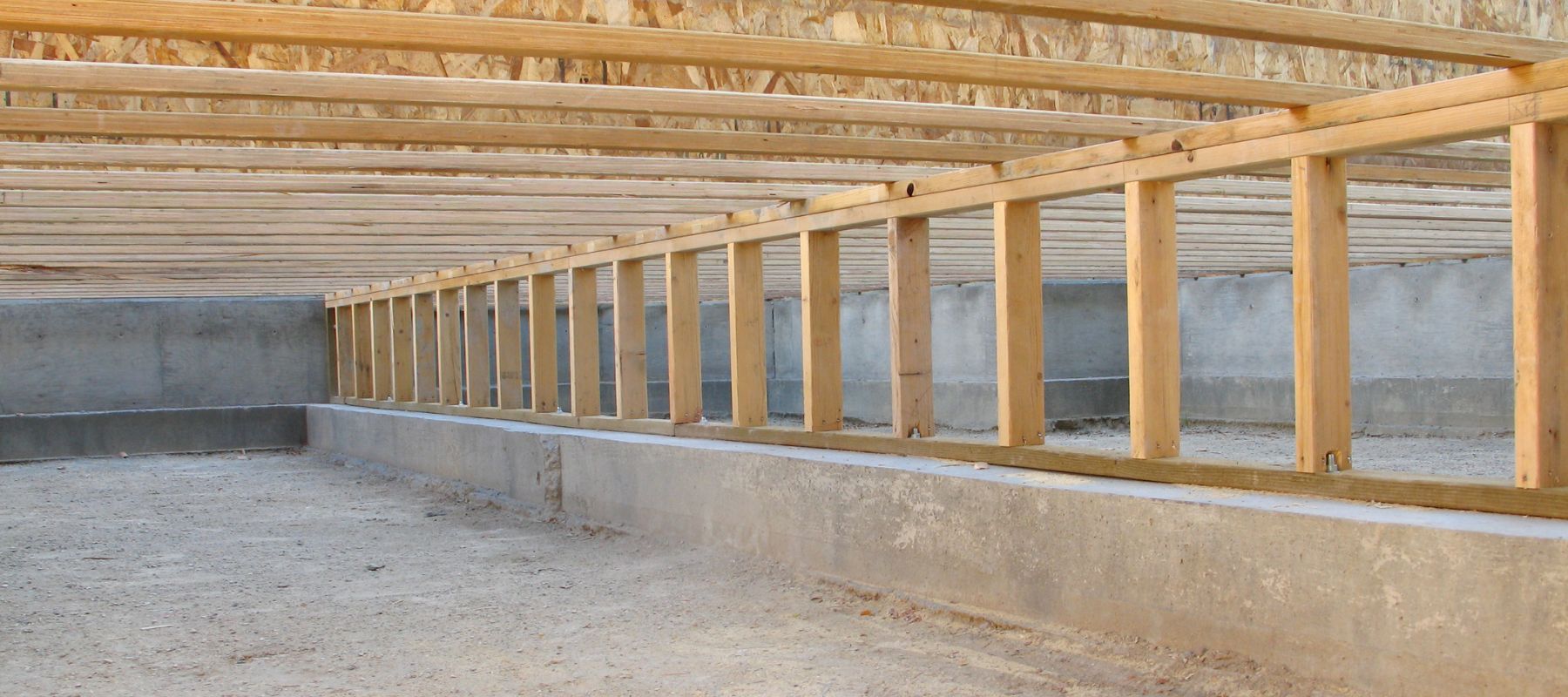

0 thoughts on “What Size Joists Do You Use For Decking?”